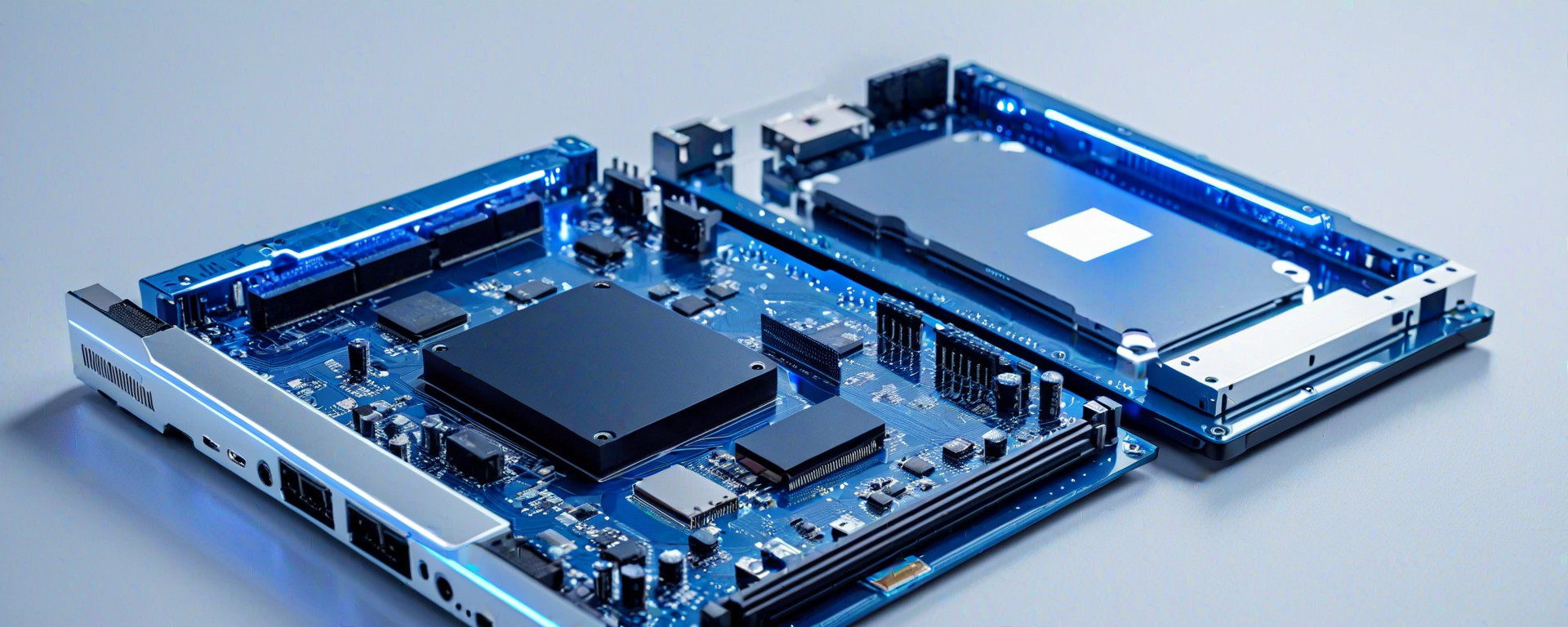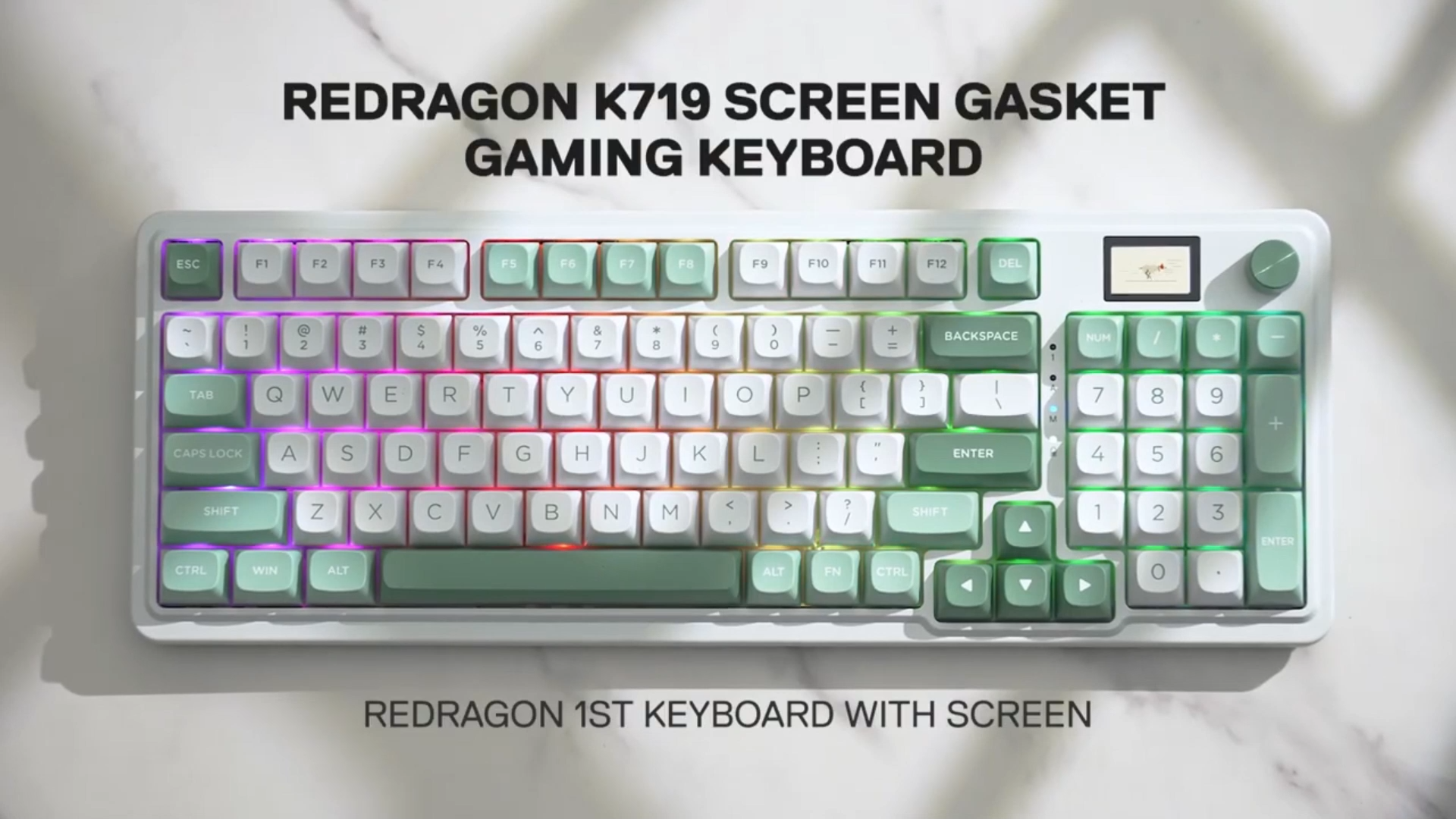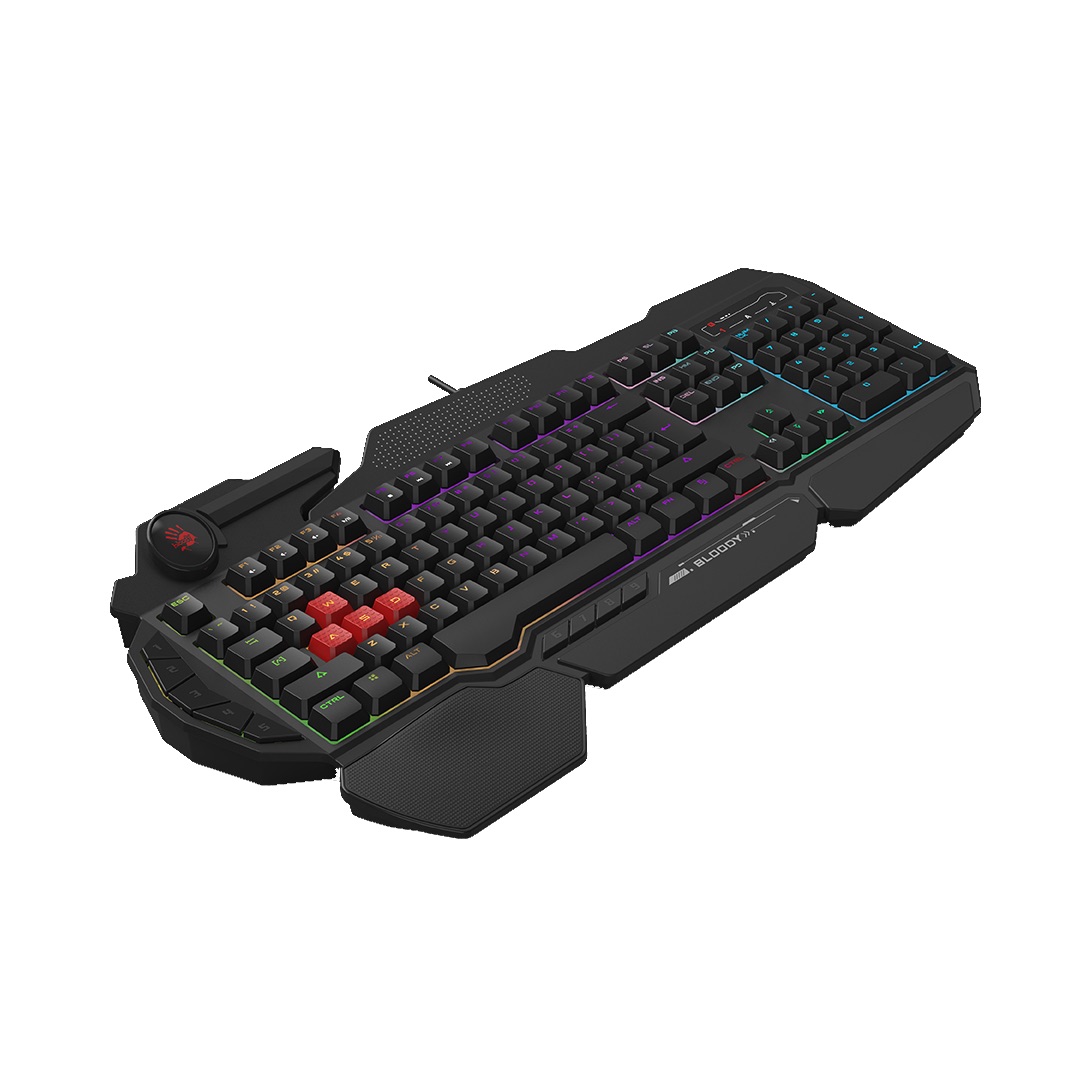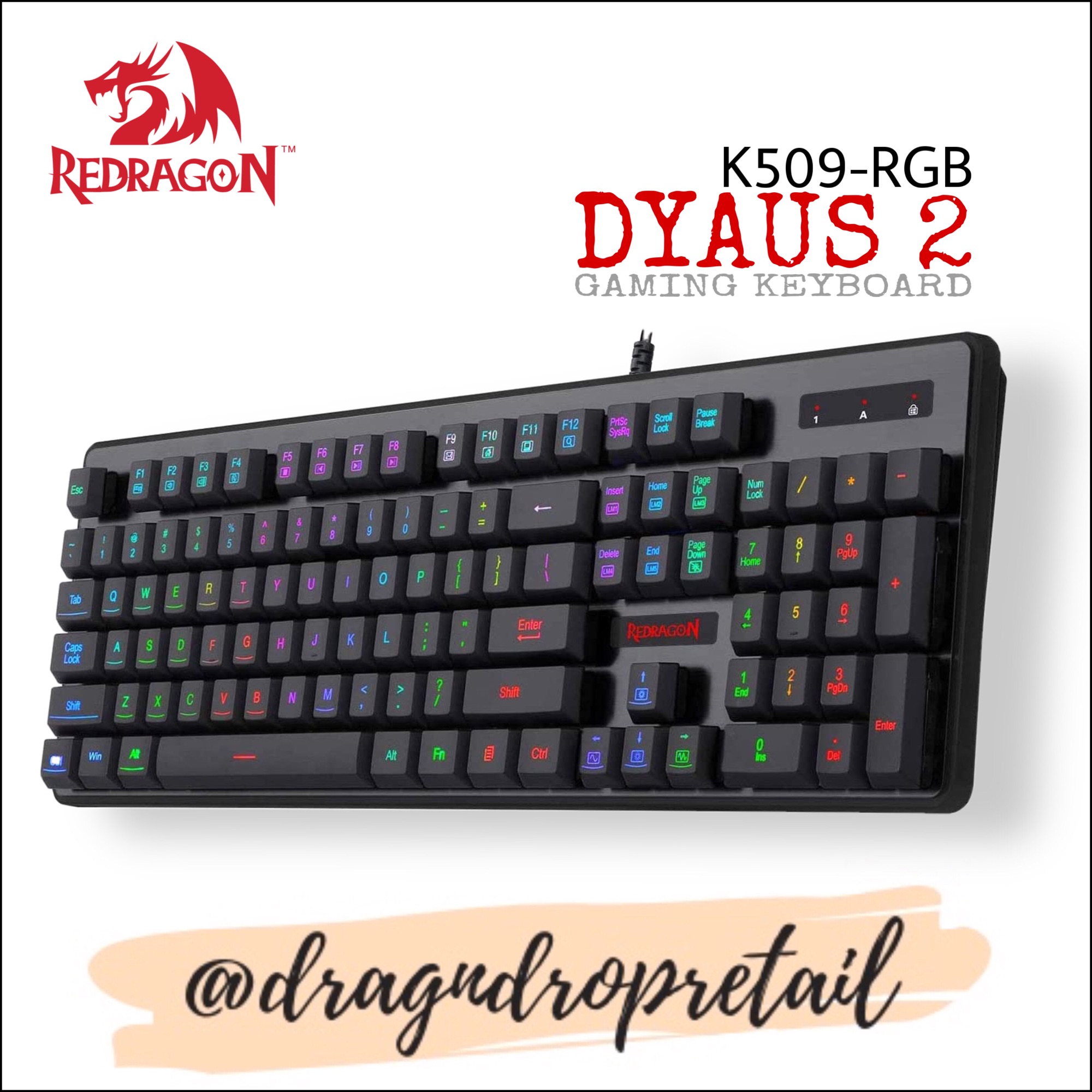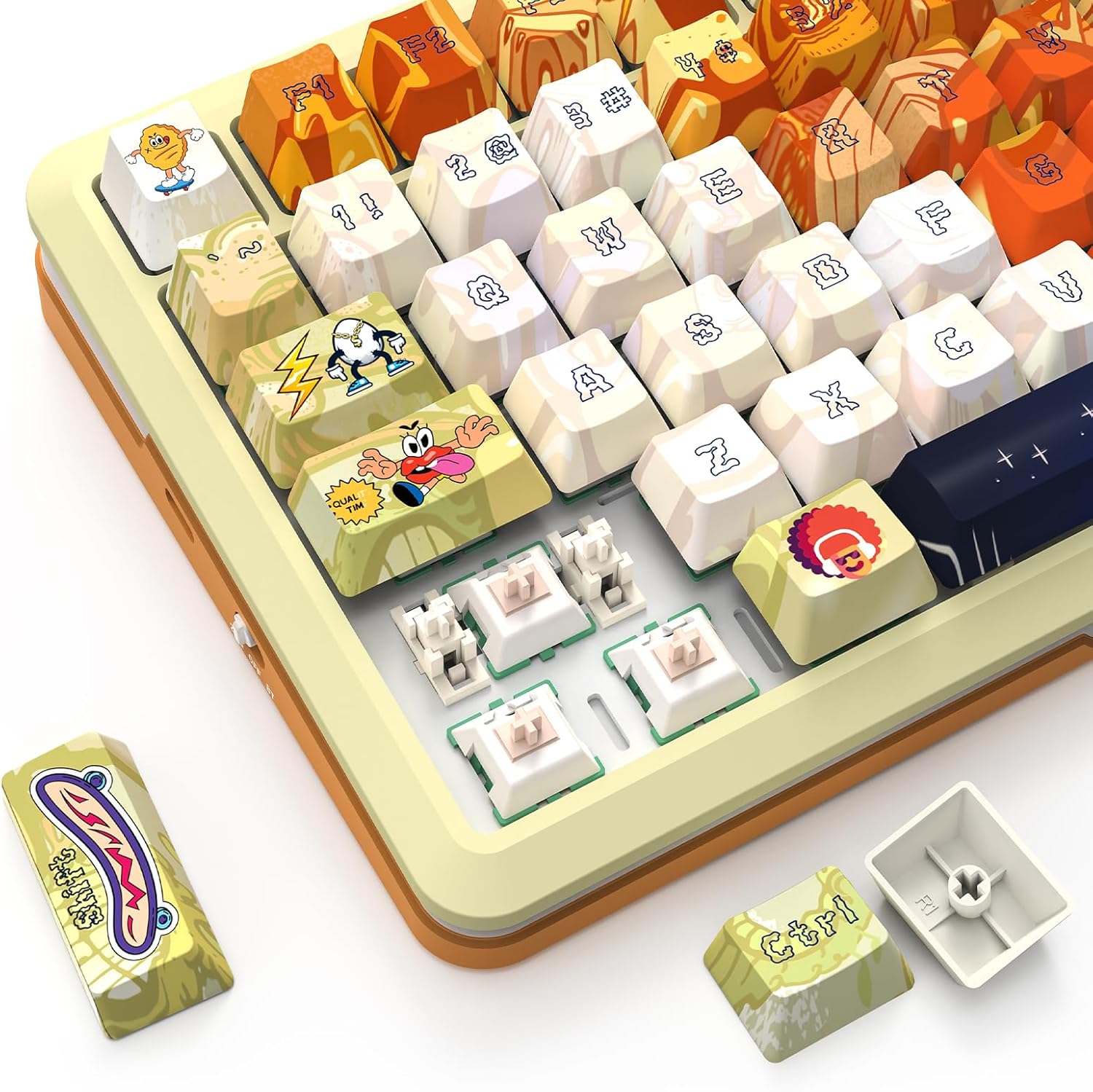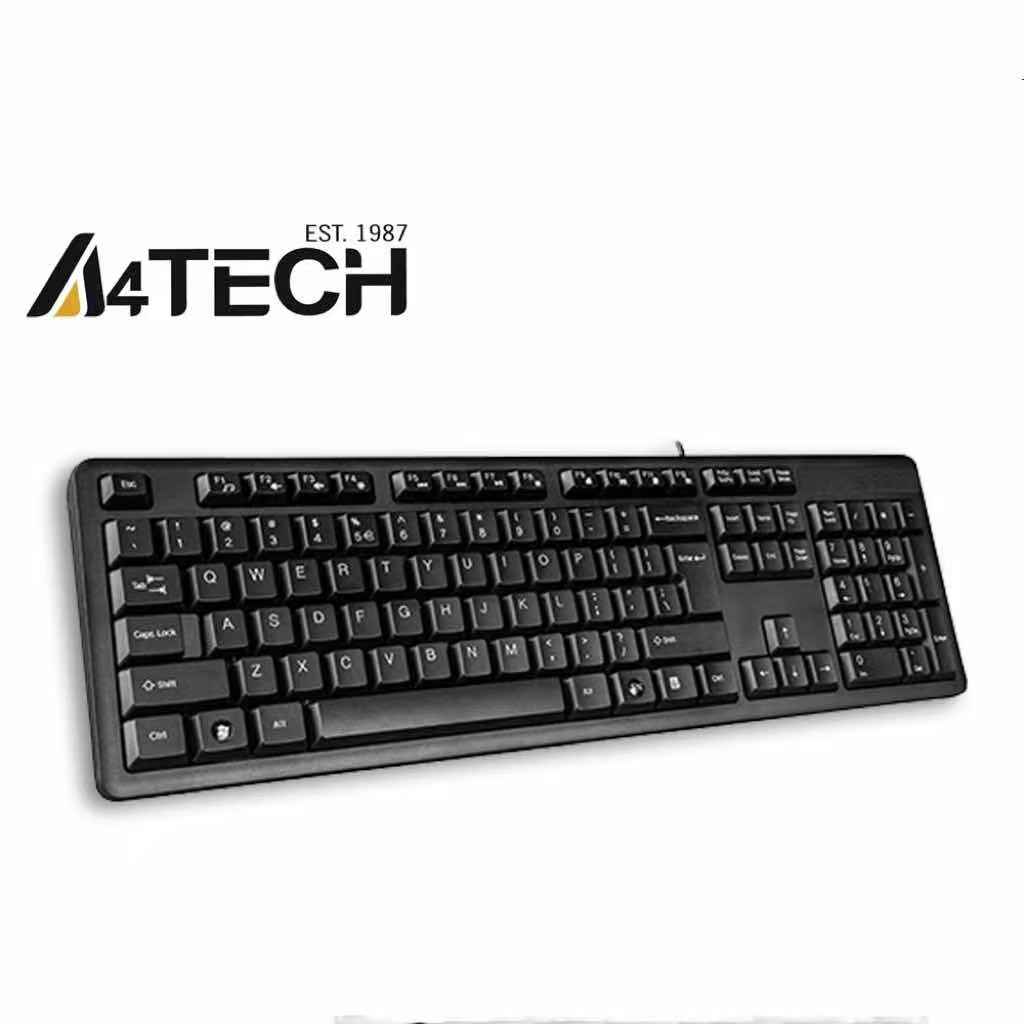Introduction
The keyboard is one of the most essential input devices for computers, playing a crucial role in enhancing productivity, comfort, and overall user experience. Whether you're an avid gamer, a professional programmer, or simply someone who spends long hours typing documents, choosing the right keyboard can significantly impact your workflow and satisfaction. This article aims to provide a comprehensive guide on various types of computer keyboards, their features, benefits, and how they cater to different use cases.
In this article, we will explore:
- Types of Computer Keyboards
- Key Features to Consider When Choosing a Keyboard
- Performance Benchmarks for Different Switch Types
- Real-World Scenarios and Case Studies
- Troubleshooting Common Issues
- A Comprehensive FAQ Section
Types of Computer Keyboards
The market offers a wide variety of computer keyboards designed to cater to specific needs. Here are some common types:
Mechanical Keyboards
Mechanical keyboards use individual mechanical switches under each keycap, providing tactile feedback and longevity.
- Pros:
- Tactile Feedback: Each press feels distinct due to the click or bump provided by the switch.
- Durability: Mechanical switches last longer than membrane keys, often exceeding 50 million keystrokes.
- Customizability: Switches can be easily replaced, allowing users to tailor their keyboard's feel and sound.
- Cons:
- Noise Level: The click or bump sound might disturb others in shared workspaces.
- Size and Weight: Generally bulkier and heavier than membrane keyboards due to the mechanical switches.
Membrane Keyboards
Membrane keyboards are cost-effective and widely used, featuring a thin layer of silicone rubber under each keycap that flexes when pressed.
- Pros:
- Affordability: Often the most budget-friendly option available.
- Silent Operation: No mechanical sounds, making them suitable for quiet environments.
- Compact Design: Usually lighter and more portable than mechanical keyboards.
- Cons:
- No Tactile Feedback: Users may feel less informed about keystrokes without a tactile sensation.
- Limited Lifespan: Rubber membranes wear out over time and are not easily replaceable.
Cherry MX Switch Comparison Table
| Switch Type | Tactile Feedback | Noise Level | Durability (Keystrokes) | Pros | Cons |
|---|---|---|---|---|---|
| Mechanical - Red | No | Slightly Noisy | 50 Million+ | Smooth keystrokes, low actuation force. | Lacks tactile feedback; not ideal for gaming or typing accuracy. |
| Mechanical - Blue | Yes | Noisy | 50 Million+ | Pleasing click sound, tactile bump provides feedback. | Loud operation may disturb others; not suitable for quiet environments. |
| Mechanical - Brown | Yes | Silent to Slightly Noisy | 50 Million+ | Balanced feel with tactile feedback and quieter operation. | Limited customization; not ideal for gamers seeking crisp feedback. |
Key Features to Consider When Choosing a Keyboard
Several key features should be considered when selecting the right keyboard:
Switch Type
The choice of switch type directly impacts the feel, sound, and durability of your keyboard.
Build Quality
A sturdy construction ensures longevity and reliability over time.
Ergonomics
Features such as adjustable feet, wrist rests, and compact layouts promote better posture and comfort during extended use.
Performance Benchmarks for Different Switch Types
The performance of a keyboard varies depending on the switch type. Here are some benchmarks:
Mechanical Red Switches
- Tactile Point: 1.9mm (No tactile bump)
- Contact Actuation: 2mm
- Contact Force: 45g
- Lift-off Distance: 2.3mm
Mechanical Blue Switches
- Tactile Point: 1.6mm (With tactile bump)
- Contact Actuation: 2mm
- Contact Force: 50g
- Lift-off Distance: 4mm
Mechanical Brown Switches
- Tactile Point: 1.2mm (With tactile bump)
- Contact Actuation: 2mm
- Contact Force: 50g
- Lift-off Distance: 3.6mm
Ergonomics and Comfort Features
Ergonomic features enhance user comfort and reduce the risk of repetitive strain injuries (RSIs).
Adjustable Feet and Wrist Rests
- Foot Support: Allows for multiple tilt angles.
- Wrist Rest: Provides a comfortable surface to rest your hands.
Compact Layouts
Slimmer designs with reduced keycaps and shorter travel distances.
Compatibility Considerations
Ensure the keyboard is compatible with your operating system, software requirements, and any necessary USB or wireless connectivity standards.
Maintenance and Cleaning Tips
To prolong the lifespan of your keyboard:
- Dust Prevention: Use a dust cover when not in use.
- Cleaning: Regularly wipe down surfaces with mild soap solution or alcohol-based cleaner.
Troubleshooting Common Issues
Addressing common problems can save time and frustration:
- Keys Not Working Properly: Check for debris under keys; clean if necessary.
- Battery Life on Wireless Keyboards: Replace batteries promptly to avoid disconnection issues.
Conclusion
Selecting the right keyboard involves understanding your needs, considering ergonomic factors, and maintaining the device properly for optimal performance. Investing in a high-quality keyboard can significantly enhance your computing experience.

